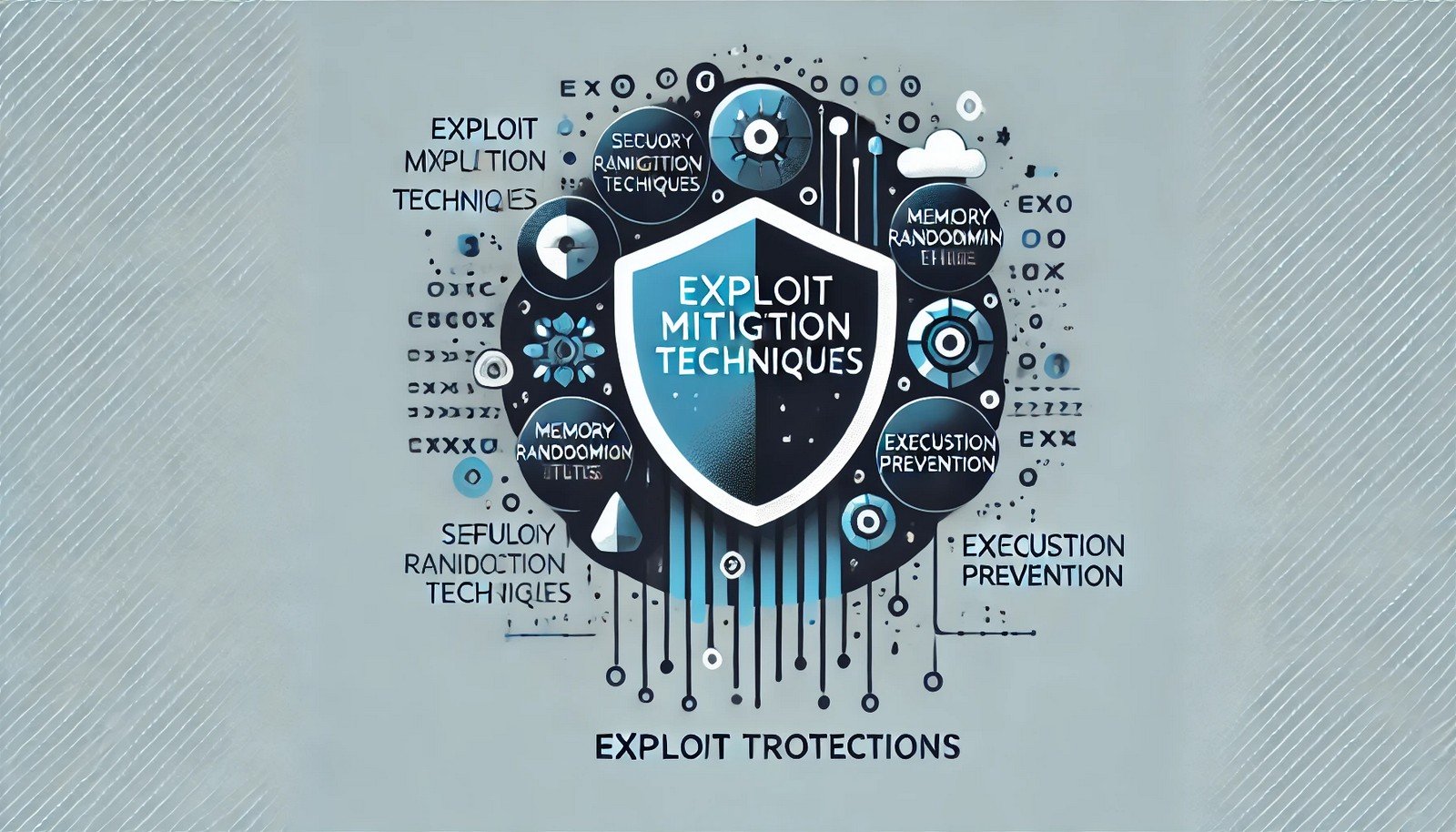Exploit Mitigation Techniques

(Representational Image | Source: Dall-E)
Quick Navigation:
- Exploit Mitigation Techniques Definition
- Exploit Mitigation Techniques Explained Easy
- Exploit Mitigation Techniques Origin
- Exploit Mitigation Techniques Etymology
- Exploit Mitigation Techniques Usage Trends
- Exploit Mitigation Techniques Usage
- Exploit Mitigation Techniques Examples in Context
- Exploit Mitigation Techniques FAQ
- Exploit Mitigation Techniques Related Words
Exploit Mitigation Techniques Definition
Exploit mitigation techniques are security measures designed to prevent software vulnerabilities from being exploited by attackers. These techniques include hardware-based protections like Data Execution Prevention (DEP), Address Space Layout Randomization (ASLR), and software-based strategies such as Control Flow Integrity (CFI) and sandboxing. Exploit mitigation techniques help reduce the risk of malware execution, privilege escalation, and arbitrary code execution.
Exploit Mitigation Techniques Explained Easy
Think of your computer like a house. If a burglar finds an unlocked door, they can break in and steal things. Exploit mitigation techniques are like security systems—locks, cameras, and alarms—that make it much harder for burglars to enter. These techniques don’t fix the unlocked door (software bug), but they add obstacles that stop burglars (hackers) from taking control.
Exploit Mitigation Techniques Origin
The need for exploit mitigation techniques grew as cyberattacks became more sophisticated. In the early days of computing, software vulnerabilities were often ignored. However, with the rise of malware and large-scale cyberattacks in the 2000s, security experts began developing proactive measures like ASLR and DEP to protect systems.
Exploit Mitigation Techniques Etymology
The term "exploit mitigation" comes from "exploit," referring to methods attackers use to take advantage of vulnerabilities, and "mitigation," meaning to reduce or limit damage. Together, they describe strategies to lessen the impact of security threats.
Exploit Mitigation Techniques Usage Trends
With the increasing number of cyberattacks, exploit mitigation techniques have become a standard part of software security. Modern operating systems, web browsers, and enterprise applications implement multiple layers of defense. As attackers develop new methods, security researchers continue evolving mitigation strategies.
Exploit Mitigation Techniques Usage
- Formal/Technical Tagging:
- Cybersecurity
- Software Security
- Vulnerability Protection - Typical Collocations:
- "ASLR-based exploit mitigation"
- "exploit mitigation framework"
- "hardware-assisted mitigation techniques"
- "modern exploit prevention strategy"
Exploit Mitigation Techniques Examples in Context
- Windows and Linux use ASLR to randomize memory locations, making it harder for attackers to predict addresses.
- Web browsers like Chrome implement sandboxing to isolate processes and prevent malicious code execution.
- Apple's macOS uses pointer authentication codes (PAC) to protect against return-oriented programming (ROP) attacks.
Exploit Mitigation Techniques FAQ
- What are exploit mitigation techniques?
Exploit mitigation techniques are security measures that prevent software vulnerabilities from being exploited by attackers. - How do exploit mitigation techniques work?
They introduce barriers like memory randomization, execution restrictions, and integrity checks to make it harder for attackers to exploit vulnerabilities. - What are some common exploit mitigation techniques?
Examples include ASLR, DEP, sandboxing, CFI, and hardware-based protections like Intel CET. - Why are exploit mitigation techniques important?
They help protect systems from malware, unauthorized access, and privilege escalation attacks. - Are exploit mitigation techniques foolproof?
No, but they make it significantly harder for attackers to succeed, forcing them to develop more complex exploits. - How does ASLR help in exploit mitigation?
ASLR randomizes memory addresses, preventing attackers from reliably predicting the location of vulnerable code. - What is the difference between ASLR and DEP?
ASLR randomizes memory locations, while DEP prevents execution in certain memory regions to stop attacks like buffer overflows. - Do all operating systems use exploit mitigation techniques?
Most modern operating systems, including Windows, macOS, and Linux, incorporate multiple exploit mitigation techniques. - Can exploit mitigation techniques affect software performance?
Some techniques, like DEP, may introduce minor performance overhead, but the security benefits outweigh the cost. - What future trends are emerging in exploit mitigation?
New techniques include hardware-assisted security features, AI-driven anomaly detection, and enhanced memory protection mechanisms.
Exploit Mitigation Techniques Related Words
- Categories/Topics:
- Cybersecurity
- Software Protection
- Threat Mitigation
Did you know?
The first major operating system to widely implement ASLR was OpenBSD in 2003. Since then, ASLR has become a standard feature in modern OS security, significantly reducing the success rate of exploit attacks.
PicDictionary.com is an online dictionary in pictures. If you have questions or suggestions, please reach out to us on WhatsApp or Twitter.Authors | Arjun Vishnu | @ArjunAndVishnu

I am Vishnu. I like AI, Linux, Single Board Computers, and Cloud Computing. I create the web & video content, and I also write for popular websites.
My younger brother, Arjun handles image & video editing. Together, we run a YouTube Channel that's focused on reviewing gadgets and explaining technology.



Comments powered by CComment